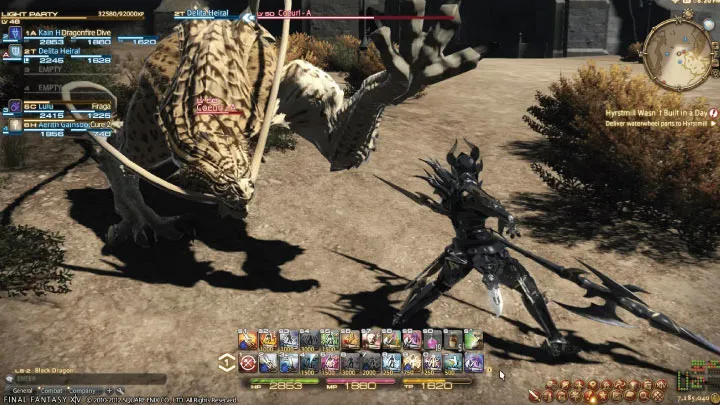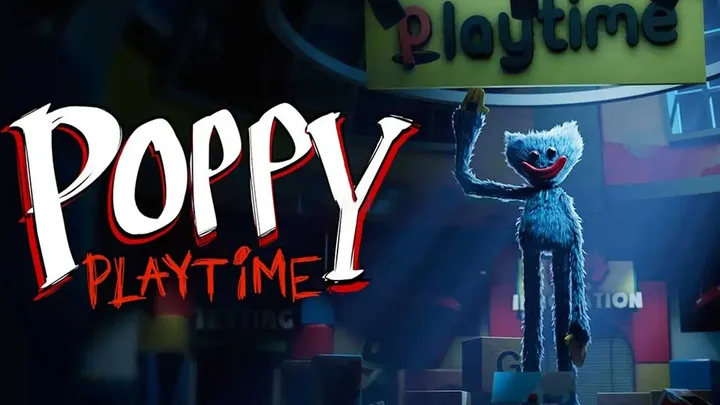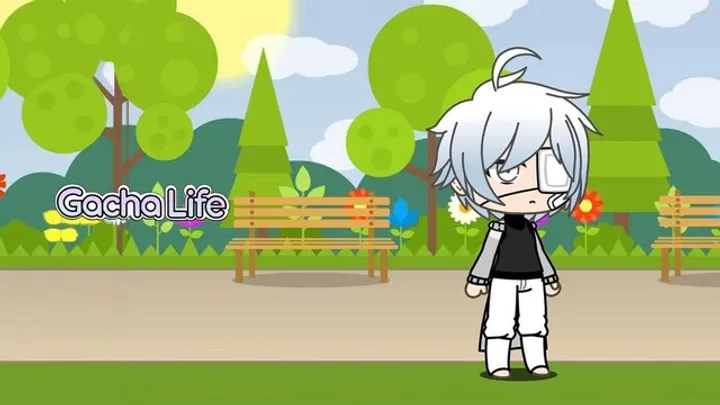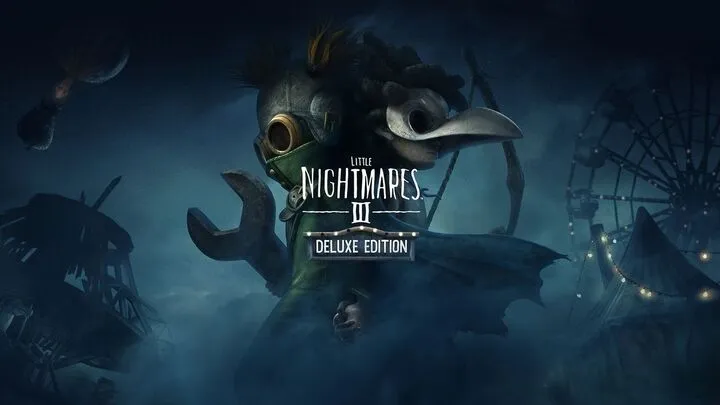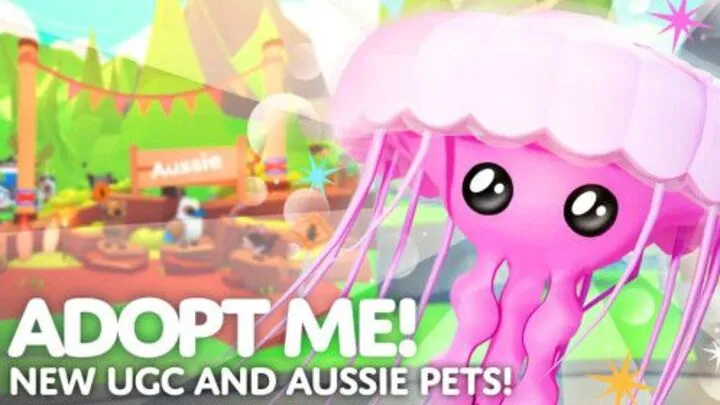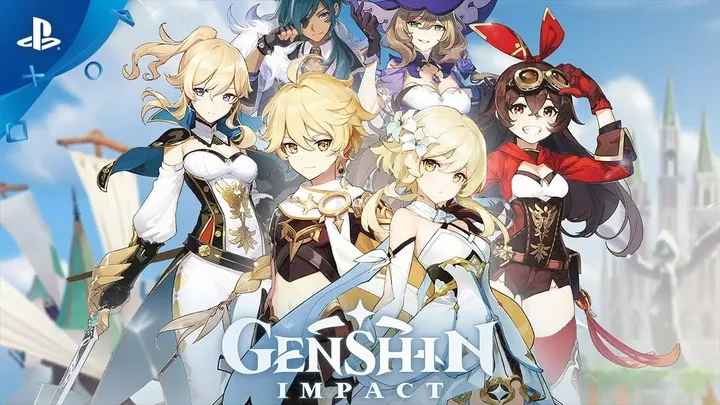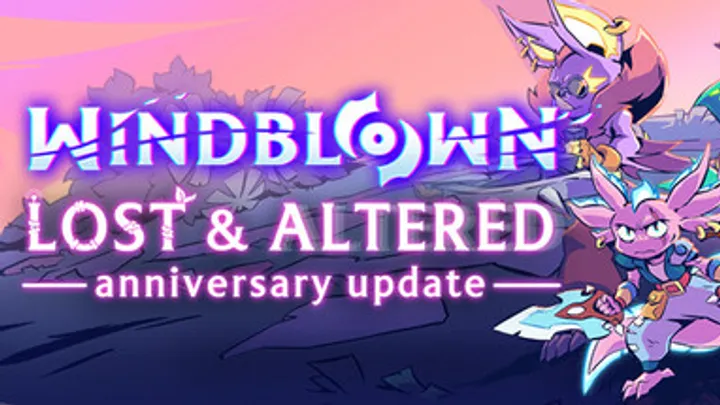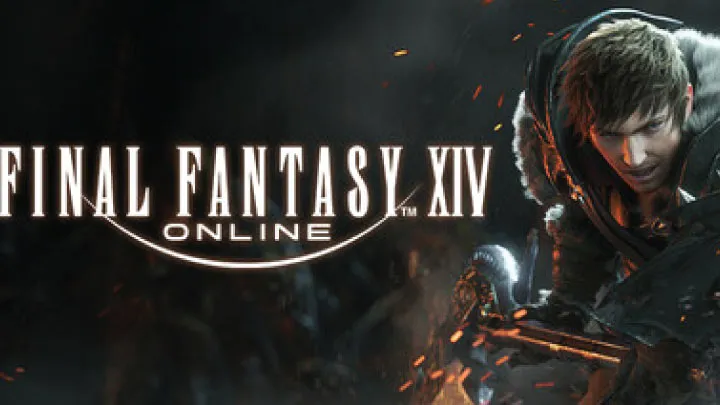
Final Fantasy XIV (FFXIV) has established itself as a premier MMORPG since its relaunch in 2013 with A Realm Reborn. The game's rich narrative, expansive world, and vibrant community have attracted millions of players worldwide. One of the most significant issues within FFXIV is how its storytelling methods and community engagement strategies have evolved over time, impacting player experience and fostering a sense of belonging. This article explores the evolution of storytelling in FFXIV, the role of community in shaping the game's narrative, and the ongoing implications for player engagement.
The Genesis of FFXIV: A Troubled Start
Early Development and Launch
Final Fantasy XIV originally launched in 2010 but faced immense criticism due to a myriad of technical issues, poor gameplay mechanics, and a lack of engaging content. This initial failure led to a significant overhaul by Square Enix, resulting in the relaunch of the game as A Realm Reborn in 2013. The relaunch marked a critical turning point for FFXIV, emphasizing the importance of player feedback and community involvement in shaping the game's future.
The development team recognized that storytelling would be a cornerstone of the game's identity. A Realm Reborn introduced players to the world of Eorzea, filled with rich lore, intriguing characters, and a narrative that resonated with players. This focus on storytelling set the stage for the game's evolution, allowing it to carve out a distinct place in the MMORPG landscape.
The Impact of Storytelling
From the outset, FFXIV's storytelling was designed to be immersive and engaging. The main scenario quests introduced players to the central conflict of the game, revolving around the struggle against the Garlean Empire and the primal threats faced by the Scions of the Seventh Dawn. The narrative was not merely a backdrop for gameplay; it became an integral part of the player's journey.
The game's approach to storytelling involved extensive cutscenes, character development, and world-building. Each quest felt like a chapter in a larger narrative, enhancing player investment in the world and its inhabitants. This focus on storytelling would become a defining feature of FFXIV, setting it apart from other MMORPGs that often prioritize gameplay mechanics over narrative depth.
The Rise of Heavensward: Expanding the Narrative
A New Chapter in Eorzea
With the release of the first expansion, Heavensward, in 2015, FFXIV expanded its narrative scope significantly. Heavensward introduced players to the war-torn region of Ishgard, delving deeper into the political and social complexities of Eorzea. The expansion's storyline explored themes of faith, betrayal, and redemption, adding layers of depth to the existing narrative.
The introduction of new characters, such as Estinien and Aymeric, enriched the storytelling experience. Players were not only confronted with external threats but also internal conflicts that challenged their perceptions of morality and loyalty. This focus on character-driven storytelling enhanced player engagement, as players became invested in the fates of these characters and their struggles.
The Impact of Player Choices
Heavensward also emphasized the importance of player choices within the narrative. While FFXIV does not feature traditional branching storylines, players often faced moral dilemmas that influenced their understanding of the characters and the world. The decisions made by the Warrior of Light, the game's protagonist, resonated through the story, encouraging players to reflect on their choices and their implications.
This narrative depth fostered a sense of agency, as players felt that their actions had consequences within the game world. The emotional connections formed during this expansion contributed to a more immersive experience, leaving a lasting impact on the player base.
Stormblood: Cultural Exploration and Conflict
A Journey to Doma and Ala Mhigo
The second expansion, Stormblood, released in 2017, further expanded the narrative by introducing players to the regions of Doma and Ala Mhigo. This expansion focused on themes of liberation and cultural identity, as players joined the resistance against the Garlean Empire. The narrative explored the struggles of oppressed nations, highlighting the resilience of the characters fighting for their freedom.
Stormblood's storytelling emphasized cultural exploration, drawing on elements inspired by Eastern and Western themes. The introduction of characters like Y'shtola and Hien enriched the narrative, providing players with diverse perspectives on the conflicts facing Eorzea. This cultural depth added layers to the game's storytelling, allowing players to engage with issues of identity and belonging.
The Role of Community in Storytelling
As the narrative of Stormblood unfolded, the sense of community within FFXIV became increasingly relevant. Players rallied together to support the resistance, participating in in-game events and discussions about the story. The shared experience of liberating Doma and Ala Mhigo fostered camaraderie among players, as they collectively celebrated their achievements and the progression of the narrative.
The community's involvement in the storytelling process deepened their connection to the game. Players shared theories, fan art, and discussions about the characters and events, creating a vibrant atmosphere that enriched the overall experience.
Shadowbringers: The Darkest Hour
A Turning Point in the Narrative
Shadowbringers, released in 2019, marked a pivotal moment in FFXIV's narrative journey. This expansion took players to the First, a parallel world facing its own existential crisis. Shadowbringers introduced darker themes, exploring concepts of sacrifice, loss, and the consequences of power. The narrative's complexity challenged players to confront morally ambiguous situations, blurring the lines between good and evil.
The character development in Shadowbringers was particularly noteworthy. Characters like Emet-Selch and Venat were introduced with rich backstories and motivations, prompting players to reconsider their perceptions of antagonists. These complex characters added depth to the narrative, allowing players to empathize with their struggles and motivations.
The Impact of Player Agency in Shadowbringers
Shadowbringers emphasized player agency in a way that previous expansions had not. Players were not simply passive participants in the narrative; they were active agents in shaping the course of events. The choices made by the Warrior of Light had far-reaching consequences, influencing the fate of characters and the world.
This sense of agency was reinforced through gameplay mechanics, as players navigated through challenging quests and encounters that tested their resolve. The emotional weight of the story was heightened by the knowledge that their actions could lead to dire consequences, deepening their investment in the narrative.
Community Engagement and Player Reactions
The Power of Community Feedback
The FFXIV community has always played a vital role in shaping the game's narrative and overall experience. The developers at Square Enix actively solicit feedback from players, often incorporating their suggestions and concerns into future updates and expansions. This collaborative spirit fosters a sense of ownership among players, as they feel their voices are heard and valued.
Community engagement extends beyond feedback; players often participate in discussions about the narrative, sharing theories and insights that enhance the collective understanding of the story. As players come together to analyze characters and events, they contribute to a richer storytelling experience that transcends the boundaries of the game.
The Role of Content Creators
Content creators, including streamers and YouTubers, have also played a significant role in shaping player engagement with the narrative. Through gameplay videos, discussions, and analysis, these creators provide valuable insights and interpretations that resonate with the community. Their content often sparks conversations and theories, encouraging players to delve deeper into the lore and narrative.
The visibility of content creators fosters a sense of community, as players come together to celebrate their shared experiences and engage in discussions about the game. This dynamic interaction enhances the overall player experience, as the community becomes more invested in the unfolding narrative.
The Future of FFXIV: Expanding the Narrative
Anticipating New Content
As FFXIV continues to evolve, players can look forward to new content and expansions that will further enhance the narrative experience. The commitment to storytelling and character development remains a central focus for Square Enix, ensuring that players remain engaged and invested in the world of Eorzea.
Potential future expansions may introduce new regions, characters, and story arcs, allowing players to explore fresh narratives and challenges. The ongoing evolution of the game's lore and world-building will keep the experience dynamic and exciting.
The Importance of Community Involvement
The future of FFXIV's narrative will depend on continued community involvement. Players' feedback and engagement will be crucial for shaping the direction of future content. Square Enix has demonstrated a willingness to listen to player input, and this collaborative spirit will remain essential for maintaining a vibrant and engaged player base.
Encouraging players to share their thoughts and experiences will foster a strong relationship between the developers and the community. By prioritizing player involvement, Square Enix can create narratives that resonate deeply with the player base and enhance the overall experience.
The Legacy of FFXIV
Setting a New Standard
The evolution of storytelling and community engagement in FFXIV has set a new standard for MMORPGs. The game's commitment to rich narratives, character development, and player agency has resonated with players and influenced the design of future titles in the genre.
As other developers observe the success of FFXIV, they may seek to incorporate similar storytelling techniques and community-driven approaches in their games. The legacy of FFXIV will likely inspire future innovations in narrative design and player engagement.
A Lasting Impact on Gaming Culture
The cultural impact of Final Fantasy XIV extends beyond its player base. The game's emphasis on collaboration, storytelling, and community has fostered a sense of connection among players. The friendships formed within the game often translate into real-life connections, as players bond over shared experiences and challenges.
As FFXIV continues to evolve, its legacy will likely endure, influencing the broader gaming culture and inspiring future generations of players. The game's commitment to storytelling and community engagement serves as a model for how games can create meaningful experiences that resonate deeply with players.
Conclusion
The evolution of storytelling and community engagement in Final Fantasy XIV has transformed the game into a beloved cornerstone of the MMORPG genre. The intricate interplay of character development, thematic exploration, and player agency has created a rich and immersive experience that captivates players worldwide.